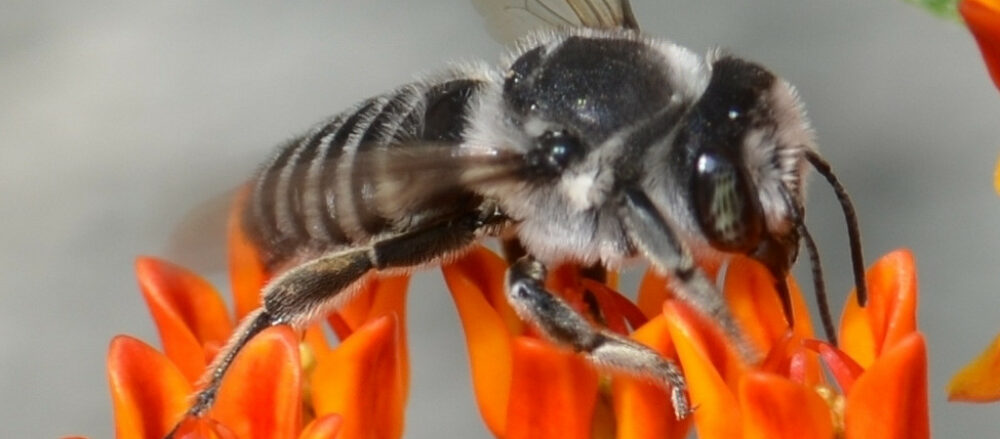
Source: Bat Pollination
Photo by Merlin D. Tuttle, Bat Conservation International.
This past Monday, July 17, the USDA Forest Service launched a new section on their Web site:
Celebrating Wildflowers is a season-long series of events for people of all ages who love our native plants. Activities include wildflower walks, talks, festivals, slide programs, coloring contests, planting events, and seminars that emphasize the values and conservation of native plants. – Home Page
USDA Forest Service botanists and other specialists around the country have contributed to the editing, content, construction, and maintenance of this website. The site is dedicated to the enjoyment of the thousands of wildflowers growing on our national forests and grasslands, and to educating the public about the many values of native plants. – About Us
I haven’t had time to but glance over the material. The site is visually attractive and very well organized, encouraging exploration and browsing. For example, the home page provides links to Forest Service Regions, states, and specific National Forests and Grasslands.
(However, the Eastern Region page doesn’t list any “Wildflower Viewing Areas” in New York State! Perhaps the explanation is that there is only one National Forest, Finger Lakes, in New York. But still …)
The menu includes links for both native gardening and invasive plants. There are sections with activities for children and resources for teachers. Language is clear and simple while not “dumbed down.”
Props to the Native Plant Conservation Campaign for bringing this to my attention.
Links:

